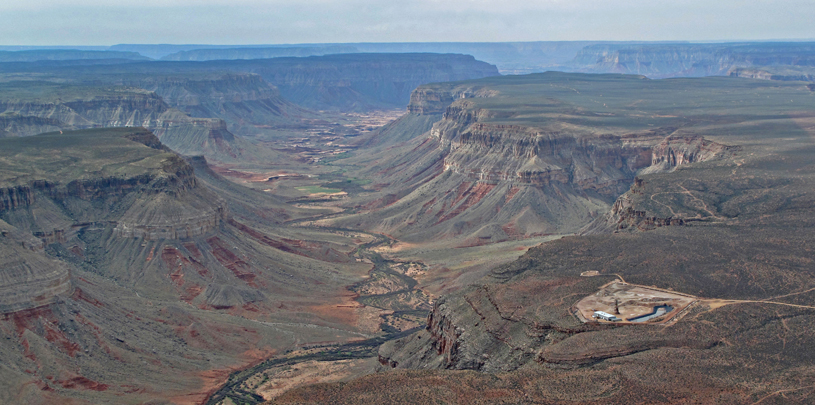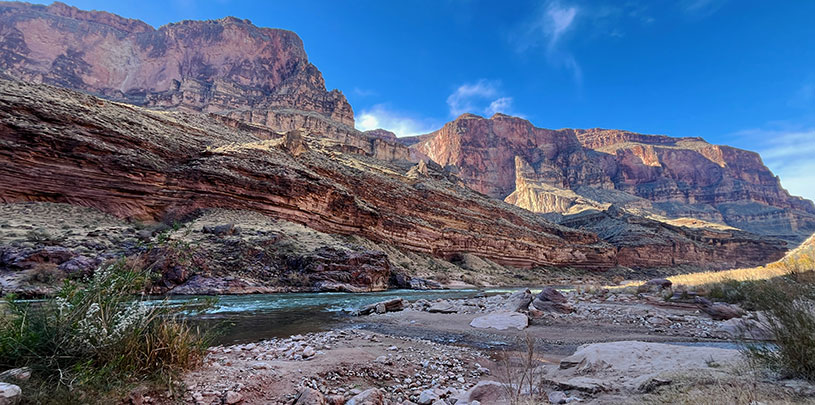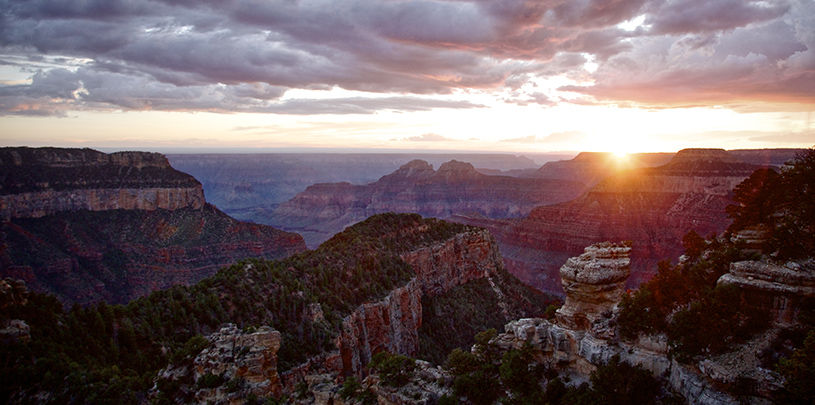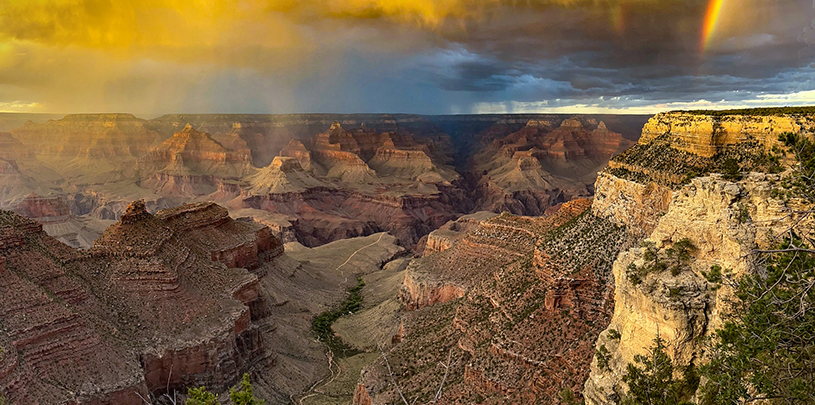
After nearly a year of deliberation, the U.S. 9th Circuit Court of Appeals in San Francisco ruled on two key cases related to uranium mining around Grand Canyon National Park.
First, the good news
The court upheld the 2012 mineral withdrawal issued by then Secretary of the Interior Ken Salazar, which temporarily halts new uranium mining claims on over one million acres of public land around the Grand Canyon for a period of twenty years.
Circuit Judge Marsha Berzon, writing for the three-judge panel, concluded: “At its core, the merits question in this case is whether the Secretary was allowed to adopt a cautious approach in the face of some risk, difficult to quantify based on current knowledge, to what he called ‘America’s greatest national wonder.’ …As Interior concluded, withdrawal of the area from new mining claims for a limited period will permit more careful, longer-term study of the uncertain effects of uranium mining in the area and better-informed decisionmaking in the future.”
The Trump administration could still act to lift the ban and the Forest Service has flagged it for review. The National Mining Association and others who had challenged the temporary ban in court could appeal the case to the Supreme Court. Or, the industry could prevail upon Congress to overturn the ban. As a spokesman for the association said, “It is now time for the Congress and the administration, working with the impacted states, to re-evaluate whether the withdrawal was justified based on the scientific, technical and socio-economic facts.”
Nonetheless, the court’s decision is good news for the Grand Canyon, and for its waters, animals, and people.
Court greenlights Canyon Mine
While the uranium ban stands — for now — in a separate decision, the appeals court ruled that uranium mining at Canyon Mine, fewer than nine miles from the south rim of the Grand Canyon, could move ahead without any additional environmental review. The environmental impact of the mine, located in a meadow near Red Butte, a site sacred to the Havasupai Tribe, was last evaluated in the 1980s.
The tribe, the Grand Canyon Trust, and others remain deeply concerned about potential contamination at Canyon Mine, where workers drilling the mine shaft have already encountered groundwater.
According to Dr. David Kreamer, a professor of hydrology at the University of Nevada, Las Vegas, “there’s a lot we don’t know about subsurface flow in the Grand Canyon. Anyone, including the mining companies, who claim they know the hydrology below the mines, really don’t know what they’re talking about.” Kreamer adds, “Groundwater flow is not immediate. We may not find out what happens for a decade or two — essentially, we’re gambling.”
A two-minute overview of uranium mining at the Grand Canyon:
The court’s ruling is just the latest setback in the Havasupai’s long fight to protect their canyon home from uranium contamination. Havasupai elder Dianna Sue White Dove Uqualla told the Guardian on Tuesday: “I’m very, very disappointed, but we will have to go on fighting for our survival, as our grandfathers and grandmothers fought and theirs before them.”
After many long hours of work by Grand Canyon Trust and partner attorneys on these two cases, we’re considering legal options. We’ll continue to defend the Grand Canyon mining ban in the halls of Congress and to urge state regulators to monitor the Canyon Mine closely.
Grand Canyon mineral withdrawal on Capitol Hill
While Grand Canyon protectors celebrated the court’s decision to uphold the mineral withdrawal, the very same day Carletta Tilousi of the Havasupai Tribal Council was on Capitol Hill, defending the ban before a hearing of the Energy and Mineral Resources Subcommittee of the House Committee on Natural Resources, chaired by Arizona Republican Paul Gosar, a vocal opponent of the Grand Canyon uranium ban.
Tilousi urged the committee and the Trump administration to leave the ban in place, concluding by saying: “On behalf of my family and the tribe, we urge this committee and President Trump not to lift the Northern Arizona Mineral Withdrawal because there are too many risks and many unanswered questions pertaining to the long-term effects of groundwater contamination. The Grand Canyon should be protected for all humanity and residents of the state of Arizona.”
Watch Tilousi’s five-minute testimony ›
After Tuesday’s hearing in the House, we remain concerned that Congress or the Trump administration could move to lift the ban.





